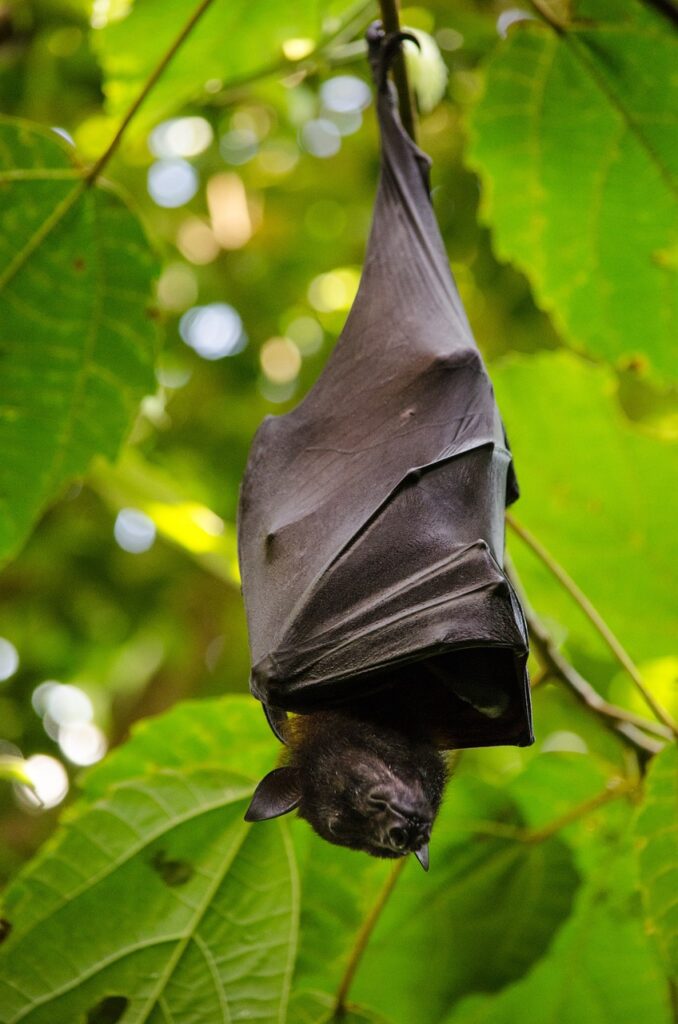Protecting Animals
Salmon River Wildlife
When people think of bats, they think of them as something to get rid of. What they do not realize is that bats are necessary to the environment. Plants and flowers depend on animals and insects to survival. Plants need them for pollination. Bats are insectivores in that they eat insects. Bats help keep control of flying insects such as mosquitoes and moths.
Bats tend to live in them wild. They make their homes in tree hollows, caves or rock crevices. But sometimes they find their way into the attic of a home. Bats like ample shelter, warmth, and darkness, and this is what the attic offers them.
When bats are found in the attic, it is time to get rid of them. Bats are the number one transmitter of rabies to the pets so you better check pet store display cages to save your home pet. Their droppings can cause a fungal lung disease, histoplasmosis. We want the bats to live just not in our home.
If you do find bats in the attic, you will want to contact Houston rat removal company that specializes in wildlife removal. This is a very intricate process that you cannot perform by yourself.
Request a Free Estimate
- Required Fields
Managing Carpenter Bees and Bats
Carpenter bees and bats are both intriguing but potentially problematic creatures when they come into contact with human habitats. Carpenter bees, as mentioned earlier, can damage wooden structures through their nesting activities, while bats, although beneficial for insect control, can cause issues when they roost in attics or other parts of a house. Interestingly, carpenter bee traps, designed to capture and deter carpenter bees, can sometimes be adapted to address bat-related concerns. By modifying these traps with a different bait or using them strategically, homeowners can potentially reduce the chances of bats roosting in undesired areas, offering a multi-purpose solution to wildlife management in residential settings. However, when dealing with bats, it’s crucial to consult with professionals, as these animals are often protected by laws that dictate how they should be handled and relocated.

Humane bat removal takes the following steps.
1. The area has to be inspected to find proof that bats are living in your attic. The signs that there are bats are rub marks on places they can enter the attic. Then there is a build up of guano, and this can be in the attic or outside the home.
2. Once bats are found, the specialist starts eliminating all secondary access points and sealing them. The gaps are sealed with wood trim, elastomeric sealants, and other materials that of professional grade. All access points but one are sealed. The main entryway is fitted with an excluder. The excluder is the device that operates as a door only the bats can go out of the attic and not get back in. The excluder will remain in place until all bats are out of the attic. Then the main entryway is sealed.
There are specific times of the year when you can perform bat removal. It cannot be done at just any time of the year. Bats have babies and rear then between late May and early August Should extraction be performed during this between May and August you risk separating the young from their mothers. Winter is also not a good time as you want to make sure that the bats can survive outside.
